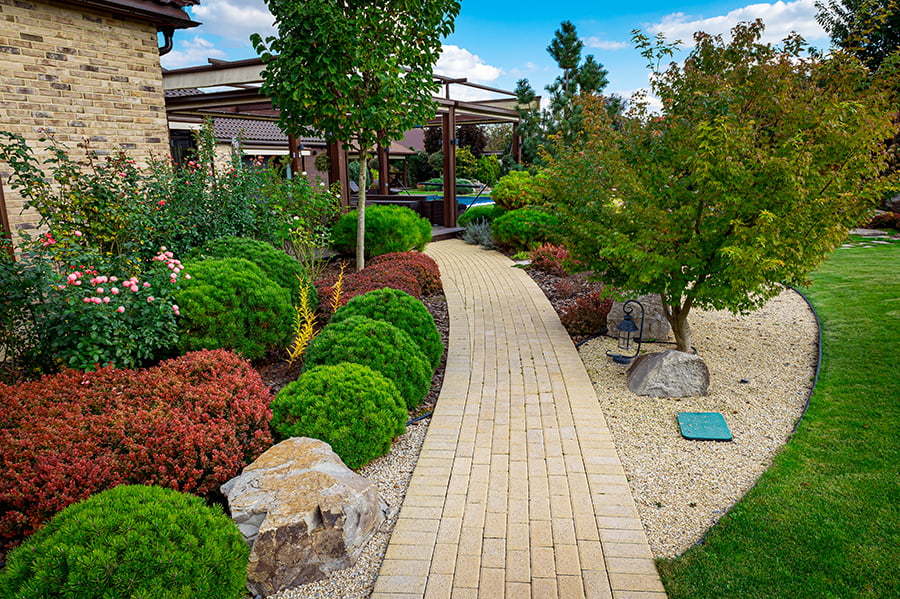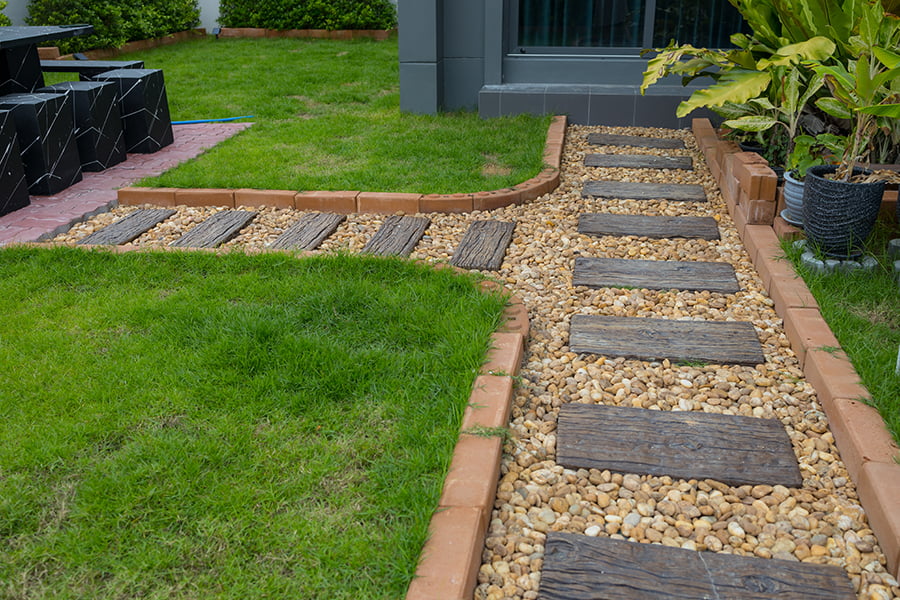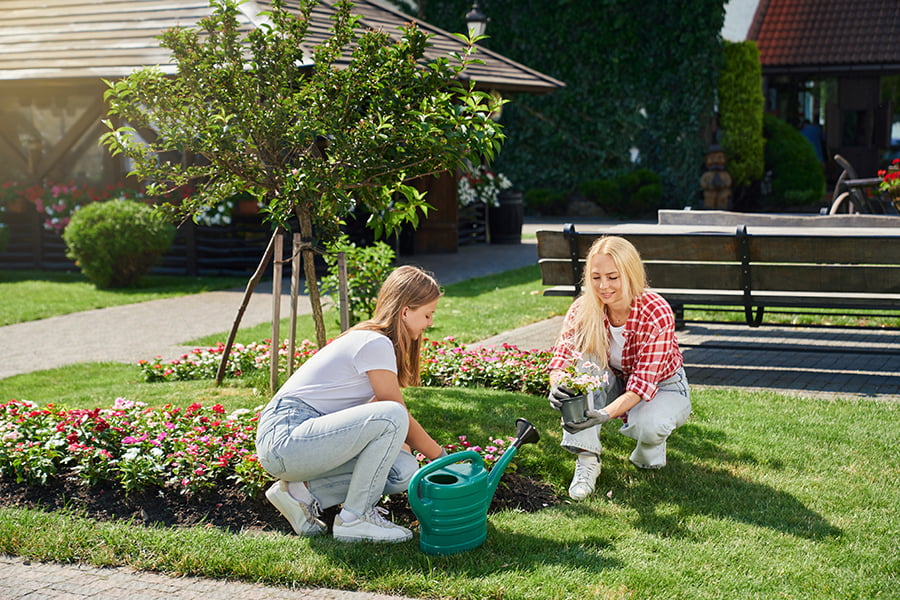Design a landscape with accessible pathways, ramps, and other features that allow people with disabilities to move around safely and easily.
Ensure that the pathways are wide enough for wheelchairs to pass through and consider adding tactile paving or other visual cues to help guide navigation. Provide ample seating areas and shade structures throughout the landscape so that people can rest when needed.
Designing a landscape that is easy to navigate for people with disabilities can be a challenge, but it is an important part of creating an inclusive environment.
From ensuring pathways are wide enough to accommodate wheelchairs, to considering the needs of those who are visually impaired or have other physical limitations, there are many considerations that must be taken into account.
In this blog post, we will discuss some tips for designing a landscape that is easy to navigate for people with disabilities. We’ll talk about the importance of accessibility and how it can benefit everyone in your community.
We’ll also provide some practical advice on how you can make your landscape more accessible and comfortable for all users.
Include Wide Pathways

Wide pathways provide enough space for wheelchairs, walkers, and other mobility aids to move around freely without feeling cramped or restricted. Wide pathways can help reduce the risk of tripping or falling due to uneven surfaces or obstacles in the way.
Furthermore, wider paths also make it easier for those with vision impairments to find their way around as they are more visible from further away. Having wide pathways allows more room for signage and other visual cues that can be used by those who are visually impaired or have difficulty reading small text.
Level Pathways

Level pathways provide a smooth, even surface that can be easily traversed by wheelchairs and other mobility aids. They also help reduce the risk of tripping or slipping due to uneven surfaces.
Level pathways should be wide enough to accommodate two-way traffic and have no more than a 2% grade change in any direction. They should have adequate lighting and signage so that users can easily find their way around the landscape.
Level pathways should be designed with consideration for wheelchair turning radius requirements in order to ensure safe navigation through tight spaces.
Provide Tactile Cues for Navigation

These tactile cues provide an additional layer of information for those who may not be able to rely on visual cues alone. Tactile cues can include raised bumps, textured surfaces, or other physical features that allow individuals to identify their location and direction without relying solely on sight.
For example, raised bumps in the ground could indicate a pathway or sidewalk while textured surfaces could indicate changes in elevation such as stairs or ramps. By providing these tactile cues, it is possible to create a landscape that is easy for people with disabilities to navigate.
Use Contrasting Colors to Indicate Changes in Elevation or Direction

By using different colors, it helps create visual cues that can be used by those who may have difficulty perceiving subtle changes in the terrain. For example, if there are steps leading up a hill, painting them in a bright color will help draw attention and make it easier for someone with limited mobility to identify the change in elevation.
Similarly, painting pathways or walkways with different colors can help guide people who may have difficulty orienting themselves within their environment. This technique also works well when combined with other features such as tactile paving or signage that provide additional information about the layout of the area.
Install Ramps and Handrails Where Necessary

Ramps provide a safe and accessible way for wheelchair users, as well as those with other mobility impairments, to enter buildings or traverse terrain. Handrails can also be installed along pathways or staircases to provide additional support when navigating the landscape.
When installing ramps and handrails, it is important to ensure they are wide enough for wheelchairs and have a non-slip surface. The height of the handrail should be appropriate so that it can be easily grasped by those using it.
By taking these steps, you can create an environment that is both safe and accessible for people with disabilities.
Ensure Adequate Lighting for Visibility At Night

Good lighting can help those with vision impairments or mobility issues find their way around the area safely and confidently. It also helps to reduce the risk of falls, trips, and other accidents.
When planning outdoor lighting, it is important to consider the needs of all users, including those with disabilities. This means providing enough light so that pathways are clearly visible in low-light conditions and ensuring that there are no dark spots or shadows where someone could trip or become disoriented.
Lights should be placed strategically throughout the landscape so they do not create glare which can further impede visibility for those with vision impairments.
Incorporate Raised Beds and Planters to Create Visual Interest Without Blocking Pathways

Raised beds are elevated garden areas that can be filled with soil and planted with flowers, vegetables, or other plants. Planters are containers that can also be used to grow plants, but they do not need to be placed in the ground like raised beds.
Both of these features can add texture and color to a landscape without blocking pathways or making it difficult for people with disabilities to move around. Raised beds and planters can provide additional seating options for those who may have difficulty standing or sitting on the ground.
By incorporating these features into a design, it is possible to create an attractive landscape that is both visually appealing and easy-to-navigate for people with disabilities.
Select Low-maintenance Plants That Are Easy to Care For

This will help ensure the landscape is easy to navigate and maintain. Low-maintenance plants typically have fewer requirements when it comes to watering, fertilizing, and pest control.
They also tend to be more resilient against extreme weather conditions such as drought or heavy rain. They often require less pruning or trimming of branches/foliage which can make them easier for people with disabilities to manage on their own without assistance from others.




